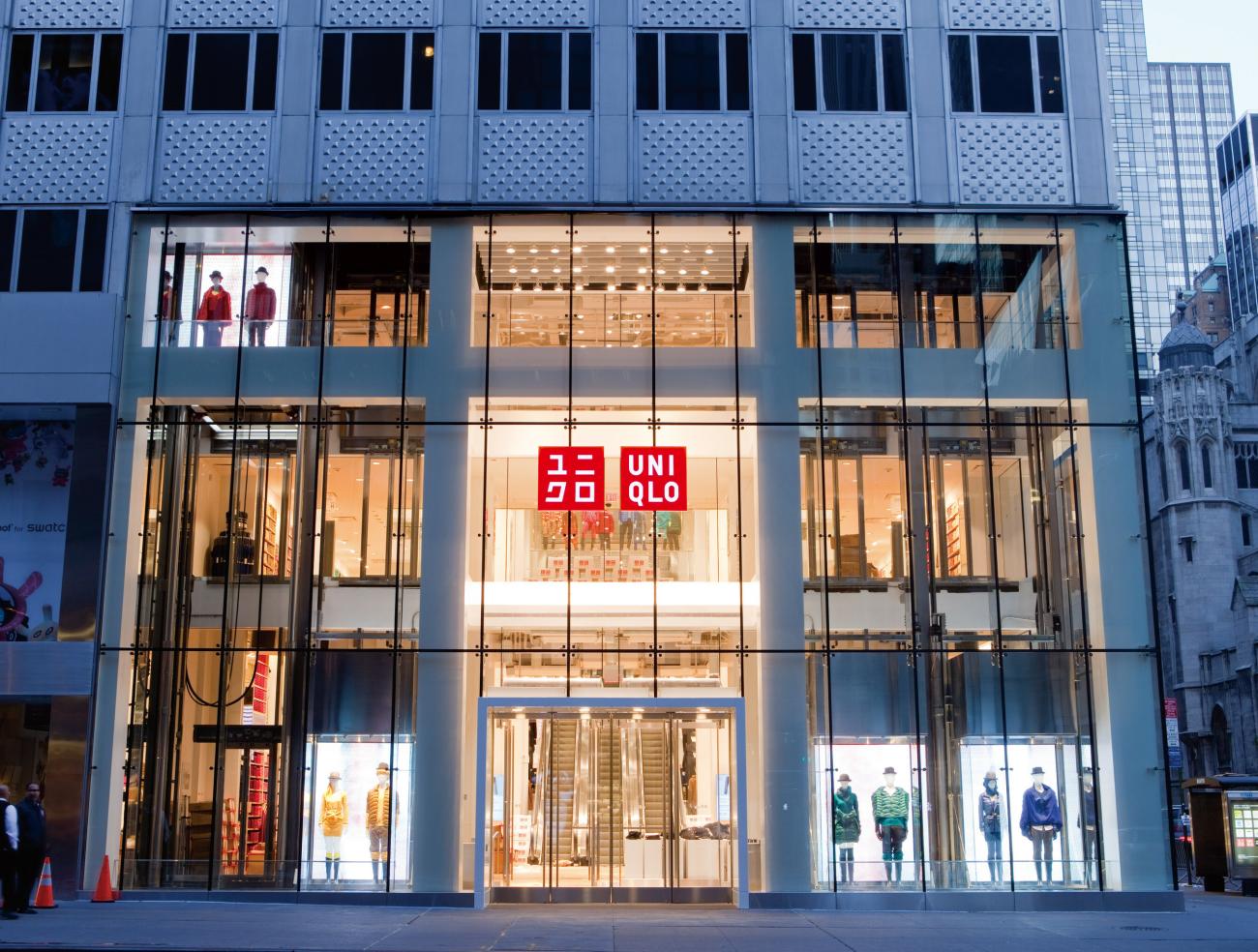Shein, Uniqlo tops in fast-fashion spend in U.S.
Fast fashion continues to gain traction in the U.S. market — with one brand clearly in the lead — while luxury spending takes a hit.
That’s according to recent data from Consumer Edge, a provider of global consumer transaction data. Spending on fast fashion in the United States — one of the largest markets in the world for fast fashion and luxury shopping — grew 2% compared to the same period last year.
This is a sharp contrast to spending in the direct-to-consumer luxury industry where in 2023 spending was down over 7% compared to the nearly 15% increase in 2022, noted Consumer Edge.
One of the big winners in fast fashion in the U.S. is Singapore-based, value-priced Shein, which now has the biggest share (about 40%) of fast-fashion spend in the country. The company, which entered into a deal with Forever 21 in 2023, continued to exhibit robust growth throughout the year. In the first 10 months of 2023, Shein’s sales increased by more than 20% compared to the same period in 2022.
One of the casualties of Shein’s rapid growth appears to have been H&M. The retailer has seen its share of U.S. spend decline by about two percentage points in the 12 months to November 2023.
Another winner in fast fashion in the U.S. was Uniqlo, which was up 28% in 2023. The Japanese clothing and accessories retailer, a division of Japan's Fast Retailing, will open more than 20 new stores in the U.S. and Canada in 2024.
Luxury Spend
Luxury bore the brunt of a relatively soft appetite for discretionary spend. Major brands, such as Louis Vuitton, Gucci and Burberry have all exhibited sizable declines in spend growth in 2023. The bright spot in the industry has been Hermes. The brand has seen spend increase by close to 15% in the first 10 months of 2023.
“Our data points to the challenging macroeconomic environment having a considerable impact on spending habits in 2023,” said Michael Gunther, VP and head of insights at Consumer Edge. “The bifurcated performance, with more affordable fast fashion increasing while luxury brands decrease, is likely because of a squeeze on real incomes. This dynamic logically plays out in the luxury sector where products tend to have a higher price tag.”
Age
In other Consumer Edge findings, U.S. shoppers younger than 35 appear to have had a decreasing appetite to purchase both fast fashion and luxury products compared to last year. This decreased demand could reflect lower discretionary incomes that leave them in a more challenged position to weather macroeconomic pressures.
In 2022, 11% of U.S. shoppers aged 35-plus purchased a fast fashion product. This has remained the same in 2023. In the luxury segment, 10% of shoppers aged 35-plus purchased a product in 2022, compared to 9% in 2023.
“The potential obstacle to the expansion of fast fashion in the U.S. arises if there is increased emphasis on sustainability, similar to the trend in France and Italy, where governments incentivize individuals to repair their worn-out clothing and footwear,” Consumer Edge said.



